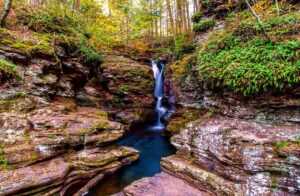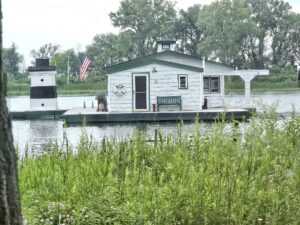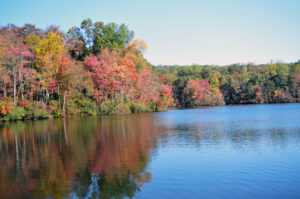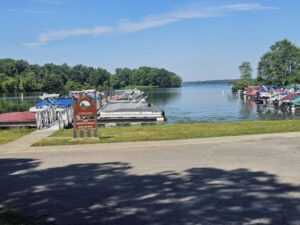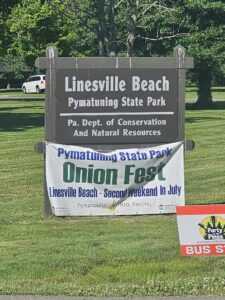Nestled amidst the scenic beauty of Pennsylvania, Ricketts Glen State Park isn’t just a haven for outdoor enthusiasts; it also holds a rich tapestry of history waiting to be discovered. In this article, we’ll embark on a journey through time to explore the cultural heritage of Ricketts Glen, from its indigenous roots to the arrival of early settlers, unveiling the historical landmarks, artifacts, and events that weave the fascinating narrative of this natural wonder.
Indigenous Roots:
Long before Ricketts Glen became a state park, the region was home to Native American tribes, and evidence of their presence can still be found in the landscape. The park’s lush forests and pristine waters were once traversed by indigenous peoples, leaving behind traces of their cultures and traditions. The trails that wind through the park, including the Falls Trail, may have once served as ancient pathways for these communities, connecting them to the abundant natural resources the area had to offer.
Early Settlers:
As European settlers began to venture into the region in the 18th century, Ricketts Glen witnessed a transformation. The lush forests and fertile lands attracted pioneers, who established homesteads and communities in the surrounding areas. The history of these early settlers is reflected in the architecture of historic structures that dot the landscape, providing a glimpse into the challenges and triumphs of those who sought to make a living in this picturesque but demanding environment.
Cultural Significance:
Ricketts Glen holds cultural significance not only for its natural beauty but also for the events that unfolded within its boundaries. The park is named after Colonel Robert Bruce Ricketts, a Civil War veteran who, after purchasing the land, played a crucial role in its preservation. The legacy of Ricketts and his dedication to conservation adds another layer to the cultural heritage of the park, underscoring the importance of stewardship and environmental awareness.
Historical Landmarks and Artifacts:
Exploring Ricketts Glen unveils a treasure trove of historical landmarks and artifacts that tell the story of its past. The Ricketts family homestead, now known as the Ricketts Glen Hotel, stands as a testament to the area’s early settlement and the perseverance of its inhabitants. The remnants of old logging operations, such as sawmill foundations and tramway grades, offer insights into the industrial history that shaped the landscape.
Events That Shaped the Park:
Throughout its history, Ricketts Glen has witnessed events that have shaped its character and contributed to its cultural heritage. The establishment of the park itself in the early 20th century marked a significant milestone, ensuring the preservation of its natural wonders for future generations. Interpretive programs and guided tours, offered by the park, provide visitors with an opportunity to delve deeper into the history of Ricketts Glen, fostering a greater understanding of the cultural significance of the area.
Conclusion:
Ricketts Glen State Park is more than just a breathtaking natural destination; it is a living testament to the rich cultural heritage that has unfolded within its boundaries. From its indigenous roots to the arrival of early settlers, and the legacy of conservation efforts, the park encapsulates a diverse and layered history. Exploring Ricketts Glen allows visitors to connect with the past, appreciating the significance of the land and the people who have contributed to its legacy, making it a truly enriching experience for those seeking to uncover the history beneath its lush canopies.

